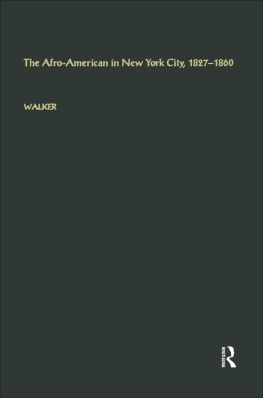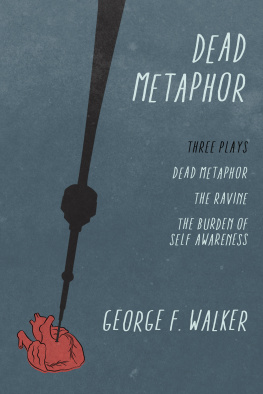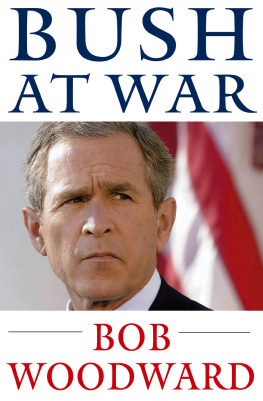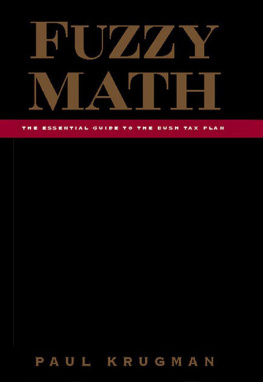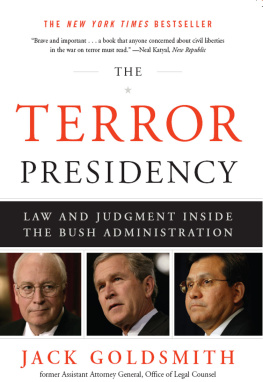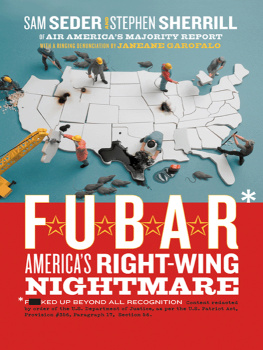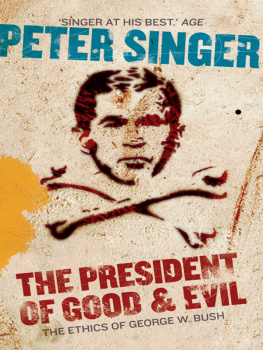First published 1993 by Garland Publishing, Inc.
Published 2018 by Routledge
2 Park Square, Milton Park, Abingdon, Oxon OX14 4RN
52 Vanderbilt Avenue, New York, NY 10017
Routledge is an imprint of the Taylor & Francis Group, an informa business
First issued in paperback 2018
Copyright 1993 by George E. Walker
All rights reserved. No part of this book may be reprinted or reproduced or utilised in any form or by any electronic, mechanical, or other means, now known or hereafter invented, including photocopying and recording, or in any information storage or retrieval system, without permission in writing from the publishers.
Notice:
Product or corporate names may be trademarks or registered trademarks, and are used only for identification and explanation without intent to infringe.
Library of Congress Cataloging-in-Publication Data
Walker, George E. (George Elizur), 1947
The Afro-American in New York City, 1827-1860 / George E. Walker.
p. cm. (Studies in African American history and culture)
Includes bibliographical references and index.
ISBN 0-8153-1010-2 (alk. paper)
1. Afro-AmericansNew York (N.Y.)History19th century. 2. New York
(N.Y.)History1775-1865. I. Title II. Series.
F130.N4W341993
974.7100496073dc2092-46183
CIP
ISBN 13: 978-1-138-88014-6 (pbk)
ISBN 13: 978-0-8153-1010-5 (hbk)
Until recently, the historiography of African-Americans in New York City was limited mainly to the period after the Civil War. While there have been three studies of slavery in New York
Freeman drew several major conclusions from her study. She correctly noted for example that the African-American in New York City was only nominally free since American society, influenced greatly by the existence of slavery, rejected the notion of extending an equal status to anyone of African descent, even where such a person was free within the letter of the law.
In addition to this, she observed that owing to lack of capital, few skills, and intense immigrant competition, the black man all but lost the battle for economic security.
Freemans most insightful study served as a springboard for this authors 1975 study which appeared originally as my Columbia University doctoral dissertation. Unlike Freeman, who categorically disclaimed the notion of black life in New York City as constituting a community except in the limited sense of an aggregate, I endeavored, after an exhaustive search of the sources to establish the existence of a self-conscious community that largely accounted for the intense agitation, racial awareness, and unity characteristics of the African-American in New York City.
In addition to the platform and pulpit, two of the most effective instrumentalities employed by African-Americans in New York City to call attention to their plight, the press would, after 1827, play an increasingly pivotal role in rallying the community around a program of action.
This study traces the complex social, economic, religious, and political forces which affected African-Americans and their overall response to them. It more specifically illustrates how the prevailing views and actions of the dominant society serve to limit the aspirations of African-Americans in rising above their supposed place within American life.
As Phyllis F. Field very perceptively observed in her masterful study, The Politics of Race in New York: the Struggle for Black Suffrage in the Civil War Era (Ithaca, NY, 1982), 24-25, free African-Americans lived in a society with such a powerful and pervasive prejudice against them that it was bound to have practical implications for the way whites and blacks lived together in America. No spokesperson captured more graphically and with such inimitable eloquence the dilemma of free African-Americans in New York City as elsewhere in the United States than Frederick Douglass. Speaking at the National Convention of Colored People held at Rochester, New York in July 1853, he declared:
As a people, we feel ourselves to be not only deeply injured, but grossly misunderstood. Our white fellow-countrymen do not know us. They are strangers to our character, ignorant of our capacity, oblivious of our history and progress, and are misinformed as to the principles and ideas that control and guide us as a people. The great mass of American citizens estimate us as being a characterless and purposeless people; and hence we hold up our heads, if at all, against the withering influences of a nations scorn and contempt.
It will not be surprising that we are so misunderstood and misused when the motives for misrepresenting us and for degrading us are duly considered. Indeed, it will seem strange, upon such consideration, (and in view of the ten thousand channels through which malign feelings find utterance and influence,) that we have not fallen in public estimation than we have done. For, with the single exception of the Jews, under the whole heavens, there is not to be found a people pursued with a more relentless prejudice and persecution than are the Free Colored people of the United States.
Like Frederick Douglass, black Americans understood the reality of their predicament in this country but never surrendered willingly to the idea of caste and permanent inequality. Thus, inherent in this analysis will be an examination of the many-sided struggle waged by this group for full freedom and equality within American society and the important role played by black leaders in giving voice and direction to this struggle.
Since this study first appeared in 1975, two major works, focusing on the status of black life in major northern cities have been published. They are respectively, Gary B. Nash, Forging Freedom: The Formation of Philadelphias Black Community, 1720-1840 (Cambridge, MA: Harvard University Press, 1988); Shane White, Somewhat More Independent: The End of Slavery in New York City, 1770-1810 (Athens, GA: The University of Georgia Press, 1991). Both these books are first-rate.
New York City was chosen for this study because historically, it was a major center and springboard in the organization of the nations blacks. The activities of blacks emanating from this metropolis have exerted a profound influence upon our larger American life. In addition, there existed then, as there undoubtedly exists now, a unique grouping of social, cultural and racial (or ethnic) variants which can be found in no other American city.
In 1860, the black population of the City was second only to that of Philadelphia. And it was here that the three major newspapers of the race were published.
I have emphasized the years 1827-1860 because the former date marks the beginning of General Emancipation in the State. It was also the year in which the first known newspaper edited by African-Americans was published in the City.
One distinct limitation of this study has to do with the question of black suffrage. Unfortunately, specific data are not available concerning the exact number of blacks who voted in the various wards of the municipality in any given election. Wile information respecting those blacks qualified to vote does exist, no categorical conclusions regarding the influence and leverage of these voters will be drawn.


